Triglav is not a mountain.
Triglav is a kingdom!
The highest Slovene peak and with 2,864 meters above sea level the only mountain in the Julian Alps, higher than 2,800 meters. A lot of Slovene myths and legends are connected with it. Slovenes consider it a symbol of uprightness and defiance. Over the centuries it has preserved us as one of the smallest European nations. That is why still the saying goes that you are not a true Slovene until you climb Triglav. We even have a stylized three-headed mountain top in our flag!
The attitude of Slovenes towards the mountain is probably best summed up by the sentence of the great lover of the Julian Alps and mountaineer dr. Julius Kugy: “Triglav is not a mountain, Triglav is a kingdom!”
Keep reading to find out everything you need to climb Mt. Triglav in the summer season!
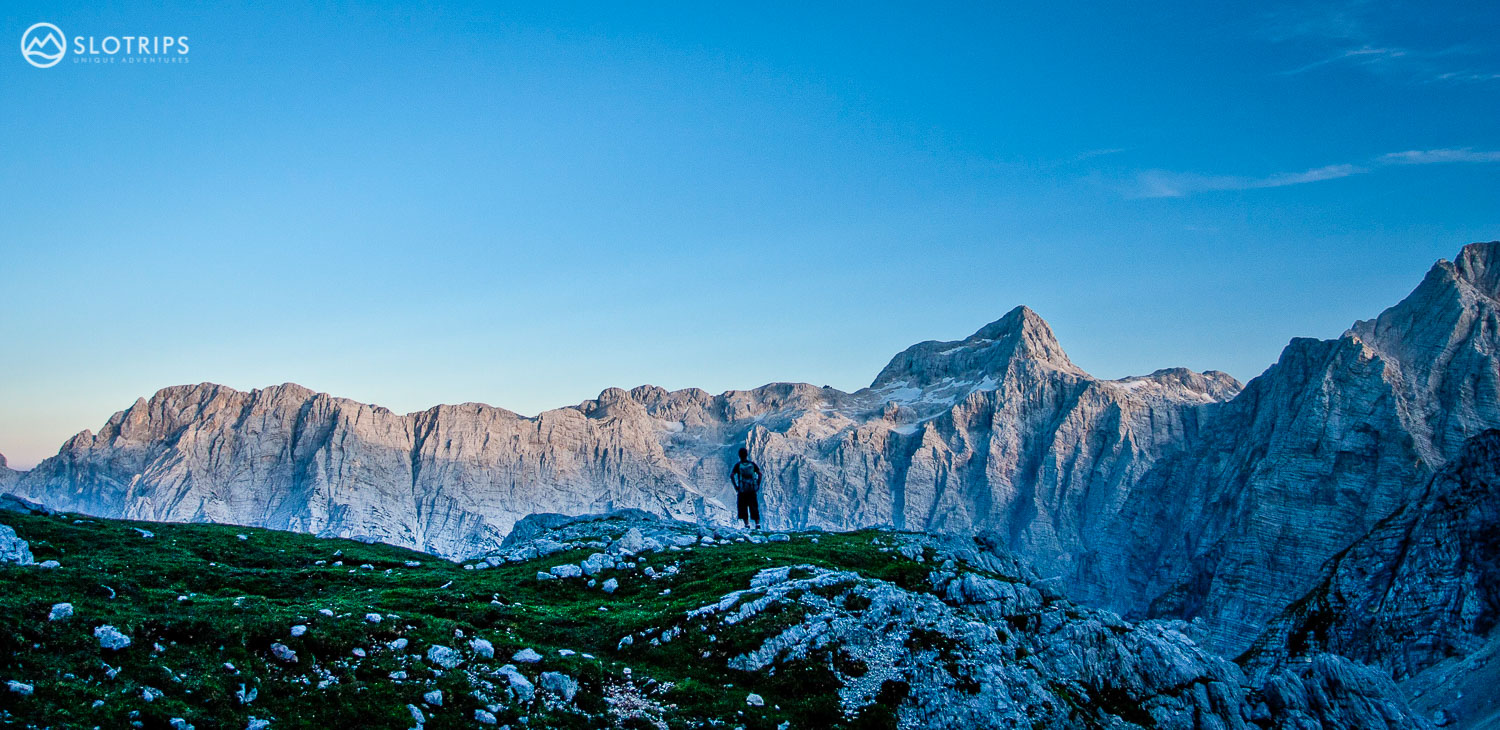
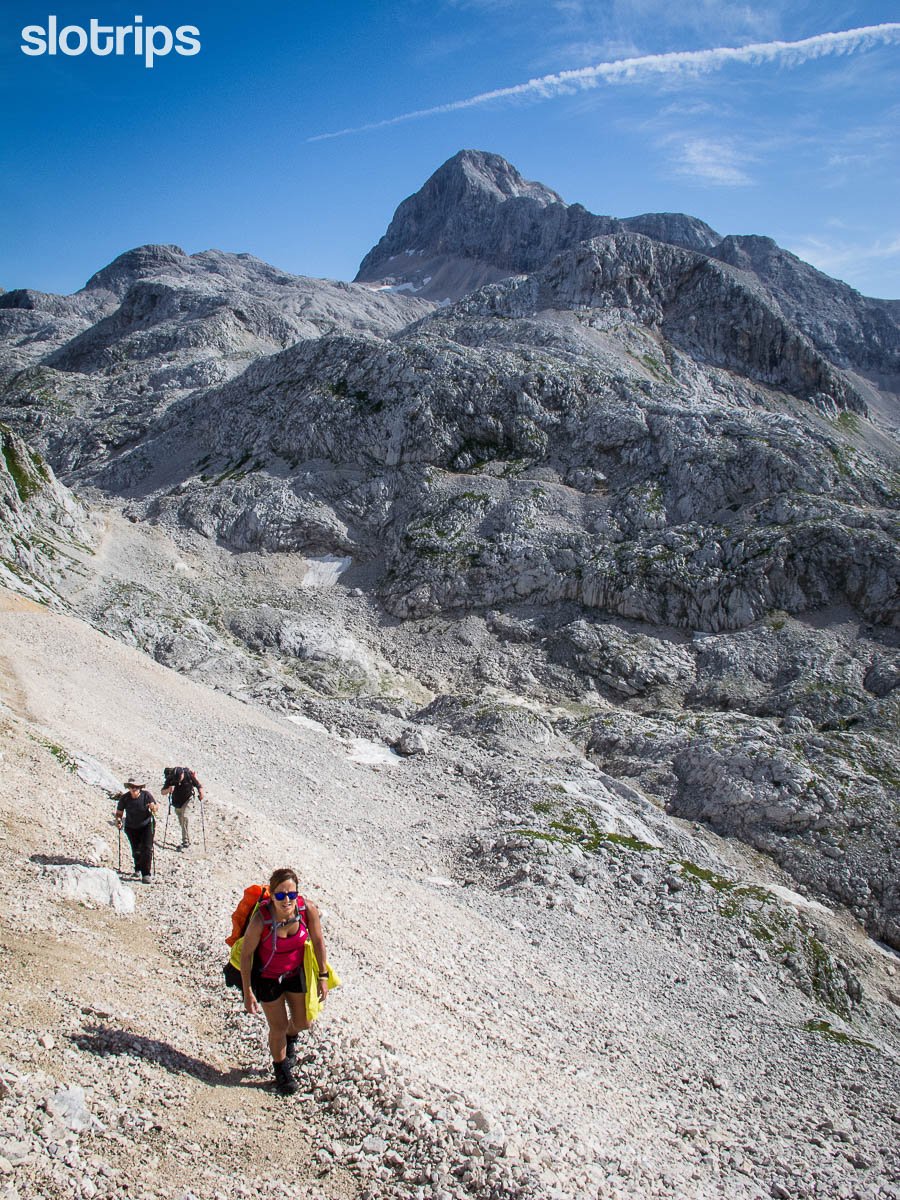
Basic information and facts
Location
Triglav is located in north-western Slovenia, in the central Julian Alps. It is only a few tens of kilometers away from the Italian border in the west and from Austria in the north. Of course, it is located in the heart of the Triglav National Park – one of Europe’s oldest national parks.
Triglav: what does it mean?
Triglav means »three heads« or »three-headed«. It is supposed to be a three-headed peak (as on the Slovenian coat of arms) but you don’t really see three peaks together from anywhere. Therefore the name might have come from a pre-Christian deity with a similar name.
First ascent
Already at the end of August 1778, four locals from Bohinj were the first to climb Triglav. In completely different conditions, of course, and with unimaginably simpler equipment than we know today. That is why we call them »four brave(heart) men«. In Ribcev Laz next to Lake Bohinj you will find a monument in their honor. Triglav was one of the first conquered higher peaks in the European Alps. The first climbers were on it well before those on the Grossglockner or Mont Blanc.
The ascent to Triglav is much easier today than it was 250 years ago, especially because the connecting ridge between Triglav and Mali (Small) Triglav is secured with steel cables. Anyway, even today there is no easy way to its summit. You can choose from one of the most beautiful via ferrata approaches in the Slovene mountains to a less demanding multi-day hiking trail from Lake Bohinj or the Pokljuka plateau. The locals climb it in all seasons.
Triglav North Wall
One of the main features of the mountain is its mighty North Wall, which is longer than three and a half and higher than one kilometer. A century ago, an eternal rivalry between Slovene and German climbers took place in it, which led to both great heroism and tragedies. The Wall has more than 140 documented technical climbs, from easy (eg Slovene Route) to extremely difficult (eg Sphinx Face).
Aljaz Tower
We must also not forget the Aljaz tower on the top of Triglav, which further strengthens the symbolic significance of the mountain for Slovenes. The famous priest from the nearby village of Dovje, Jakob Aljaz, bought the land at the top of Triglav from the local authorities. It was during the formation of the Slovene national consciousness. In 1895, he had a small, almost 2 meters high metal shelter built on it. Over the decades it became a symbol of defiance of Slovenes and their struggle for an independent state.
Tiny Aljaz towers are being set on many other Slovene peaks. The best way to describe our affection for it is: “This piece of metal has a soul!”
Read first: Hiking in Slovenia
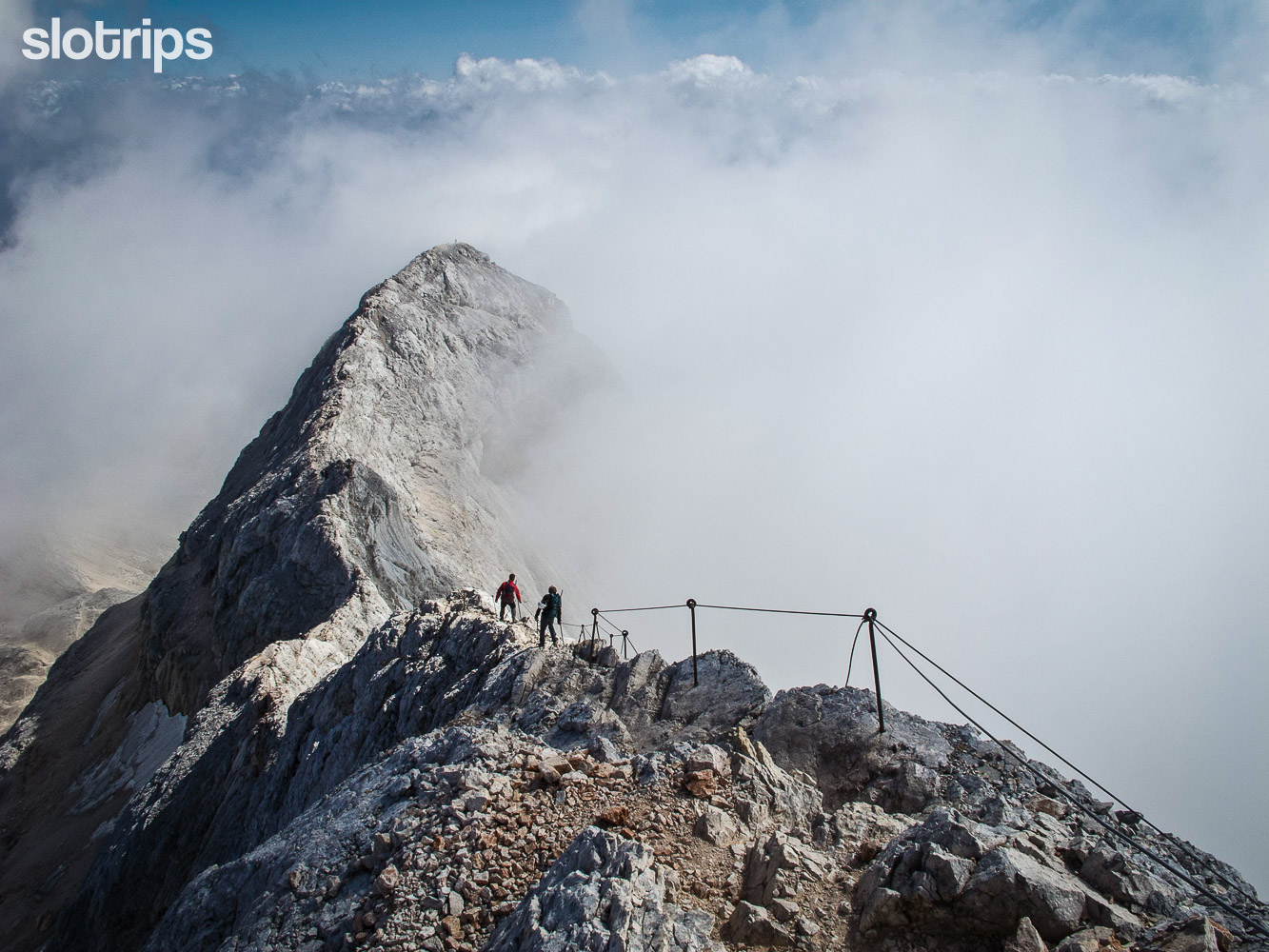

How difficult is it to climb Mt. Triglav?
There are several easy routes from the trailheads to Triglav’s summit pyramid. But the summit part (the final hour of ascent) is rocky, steep, and exposed. The route crosses several almost vertical sections and follows a narrow ridge. Even though the route is secured with steel cables and bars (a via-ferrata), you shouldn’t do it if you are afraid of heights.
Experienced hikers & mountaineers can do it fairly easily in snow-less conditions and in nice weather. But if rocky ledges and big drops are out of your comfort zone, we recommend getting a licensed mountain guide. Especially if the weather gets tricky, you’ll be super happy to rely on your guide’s expertise.
Have a look at the video below. Sure, the “camera adds 10 pounds” and the Triglav summit trail is not as scary as it looks. Be ready for such exposure and you’ll be happy to find out it is not as “bad”.
In general, hikers often underestimate the seriousness of the hikes in the Julian Alps, Mt. Triglav in particular. Apart from studying well where you are headed and what are the conditions on the trail (including weather!), you should carry enough liquid and have proper footwear & clothes.
In the Julian Alps, there are very few spots where you can refill water. The terrain is super rocky (you will need good grip and ankle support), and the weather can change rapidly. Bring warm clothes, even though it is 35degC at the trailhead!
Can you climb Triglav without a guide?
Yes, you can! If you have the proper experience.
In the Triglav National Park, you can move freely, access to the most besieged peaks is not limited and you do not need to be accompanied by a local guide to walk on the trails. If you are climbing Mt. Triglav without a guide, make sure you are physically and mentally ready!
However, having a guide is much more than having someone who will show you the way. Apart from taking care of safety, you will learn a lot, gain experience, and get useful advice for your future hiking adventures. Not to mention the insight into the Slovenian mountain world, hiking culture, local stories, and explanations that will further enrich and facilitate your tour.
Many of our travelers are doubting whether they do or don’t need a guide. The ones who do decide to take the guide often say it was one of the best decisions they’ve ever made!
Often, we also organize self-guided hiking tours and add a mountain guide only for the summit part of Mt. Triglav. Here are three examples of such tours:
- Triglav National Park Adventure – 4-day self-guided hiking tour
- The Julian Alps Traverse – 7-day self-guided hiking tour
- Mountains and Lakes Hut-to-Hut – 7-day self-guided hiking tour
Can you climb Mt. Triglav in one day?
Yes, you can! But we don’t recommend it.
Speed record of the ascent to Triglav and return to the valley is less than three hours. The average (Slovene) mountaineer will need nine to eleven hours for the same route. Regardless of the starting point and the chosen trails.
But don’t forget: we Slovenes are mountain goats, always in a hurry! You, on the other hand, are on holiday and are probably not competing with your neighbor, timeclock, or searching for extreme achievements. To enjoy the hike and beauty of the Julian Alps you should take at least two, or, even better, three days to climb Mt. Triglav.
Among the multi-day variants, we recommend our most popular three-day hut-to-hut hike. You will experience all the charms of the Triglav National Park and optionally add the Triglav summit.
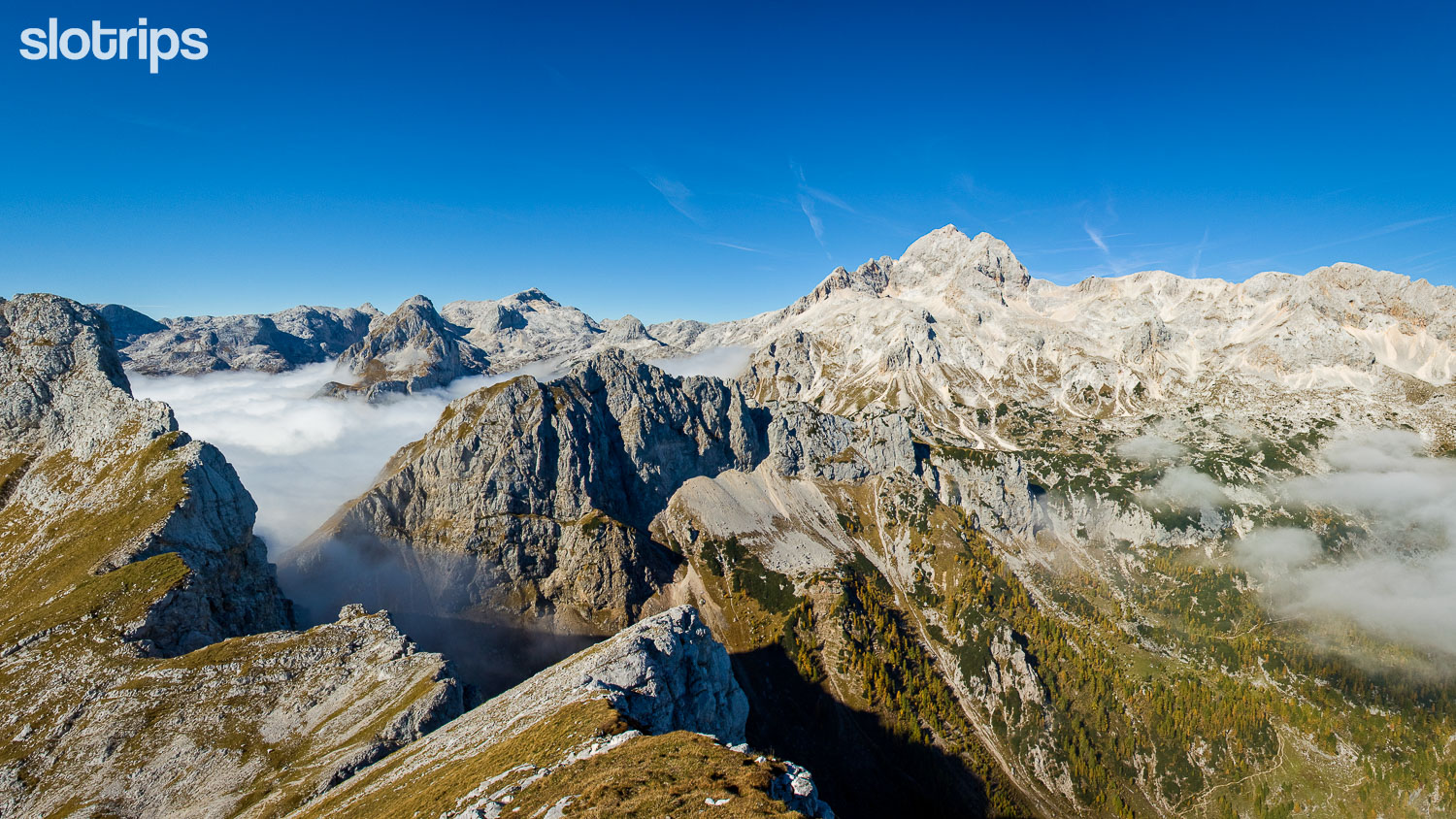
What is the best time to climb Mt. Triglav?
July, August, and September.
Triglav is the most popular in summer when there’s no snow or maybe only patches of it. The snow on the north sides of the highest Slovene peaks usually lasts until the end of June and beyond. Even short passages of snow completely change the difficulty and a wrong step can be fatal. If snow is expected on the route, make sure you have full winter gear, proper experience, and/or a mountain guide.
Mountain huts are usually open from late June until late September. August is by far the most popular month and some trails, especially on sunny weekends, are literally crowded. August shouldn’t be avoided because of that, but the less besieged July and September can be equally beautiful and probably less hot.
Of course, Triglav can be climbed in all seasons, but that’s reserved for experienced mountaineers.
What equipment do you need to climb Mt. Triglav?
Here is the recommended equipment list for hut-to-hut hikes in the Triglav National Park.
Apart from this, you will need a helmet, a climbing harness, and a via-ferrata set. If you choose to have a guide, we will provide the equipment for you.
Of course, there are many experienced mountaineers who are comfortable enough to climb the summit without the via-ferrata set. However, the helmet is essential to protect you from falling stones. Gloves are very handy too!
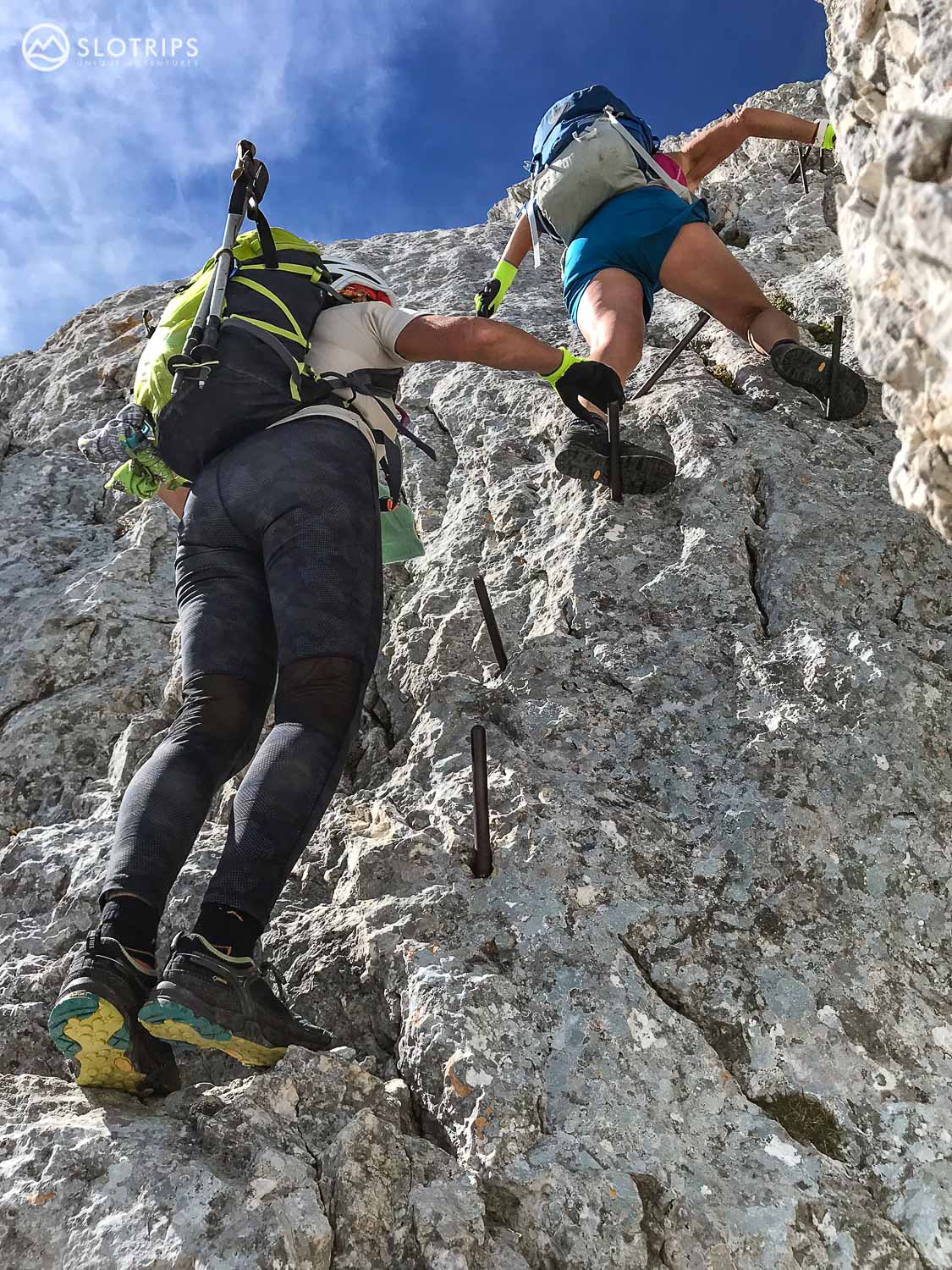
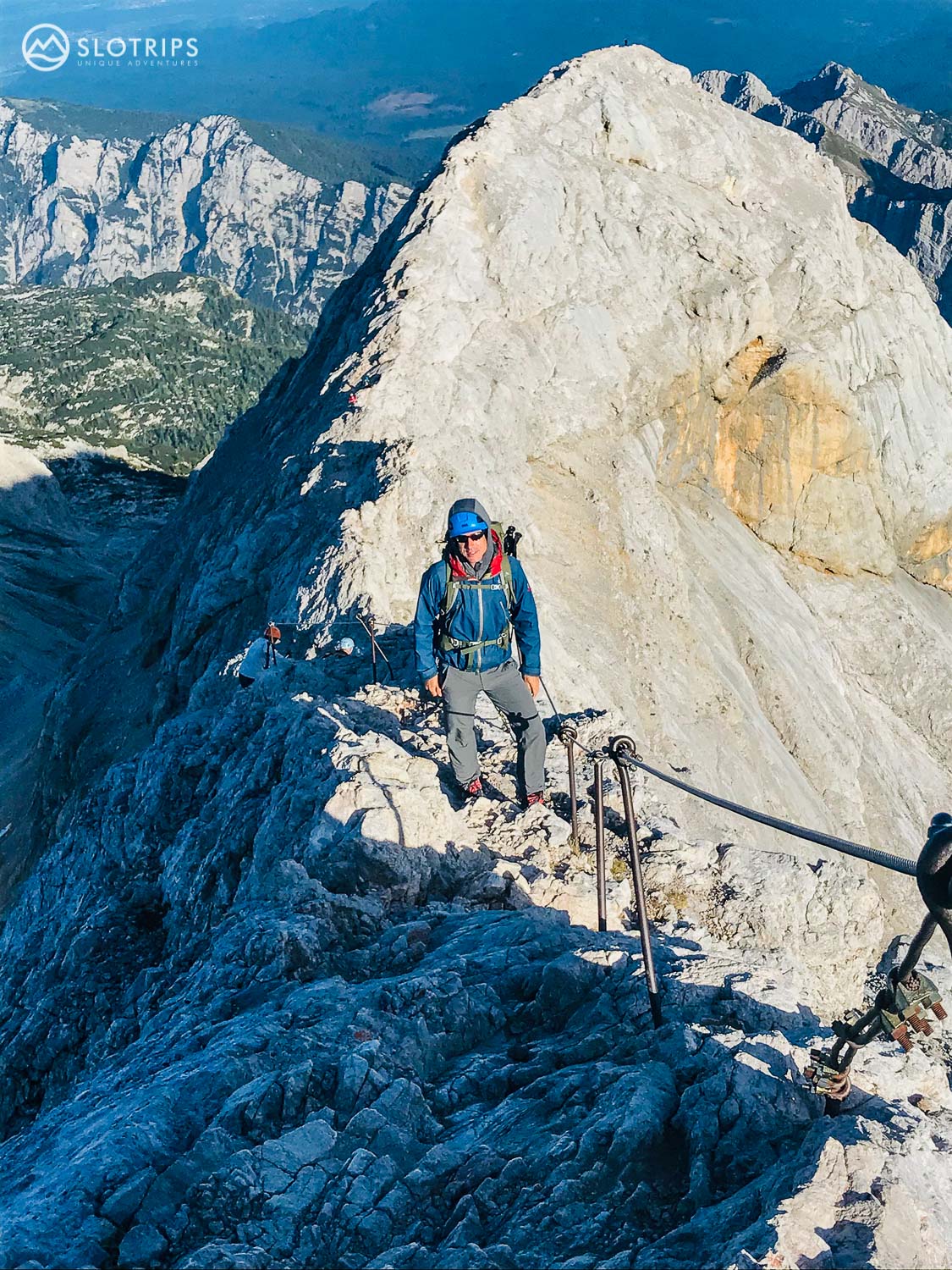
Is it busy on Mt. Triglav?
Yes, it can be!
Between July and September, Triglav is the most popular high-altitude destination for many Slovenes and foreign hikers. You will not have this feeling on the first day of walking, as hikers choose different trails to access the top massif of Triglav. However, most hikers get together on 2 or 3 different summit routes. On a sunny summer weekend, it can be super busy, so don’t expect off-the-beaten-path mountain solitude.
The busiest trail is the one from Kredarica Mountain Hut, which is joined on Mali Triglav (Lower Triglav) by another trail from Planika Hut. Be ready to wait on some passages as other climbers ascend, descend, overtake etc. You should be patient and add some extra time to your timeline.
Weather & Safety
The weather in the Triglav highlands is changeable and consequently unpredictable. Even if the forecast is beautiful, the views from the top of Triglav can be stolen by the peak fog. And vice versa, even though it should be cloudy in the upper stages, you can catch your window of beautiful weather with endless views above the sea of clouds.
July, August, and September as the best months to climb Triglav can surprise you with anything: sun, rain, thunder, and even snow. Afternoon thunderstorms are frequent and you should climb the summit in the morning.
Observe the weather, check the latest forecast, and the very useful precipitation radar map. Scroll through the last 3 hours and you will see if the rain/thunderstorm is approaching or how long will it last. Whatever you do, please stay on the safe side. You surely don’t want to be caught by an electric storm on the Triglav summit ridge!
If this all sounds too much: get a mountain guide!
Triglav map
Make sure you have the 1:25.000 Triglav hiking map.
All red lines are marked hiking trails. Solid lines represent usual hiking trails without any technical difficulty. Dashed lines mean slight exposure and the dotted lines represent a via-ferrata. This is a good starting point to know where are you headed & what to expect.
Read next: Best time to hike in Slovenia
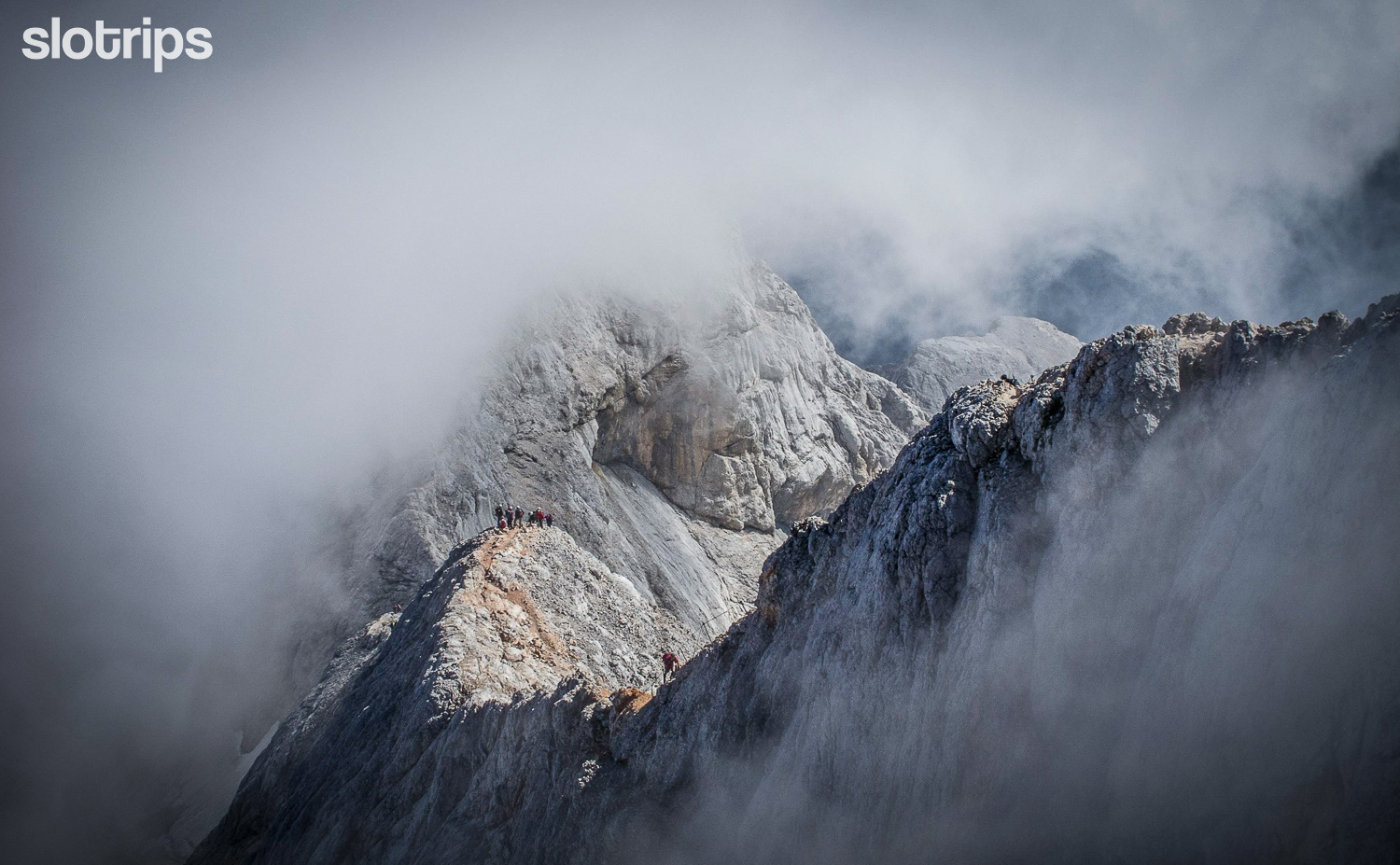
Best routes for climbing Mt. Triglav
Due to the combinations of the first and second part of the ascent, you can choose from more than twenty-five routes to Triglav. Here is our selection.
The starting points are either alpine valleys (Krma, Kot, Vrata, Zadnjica, Trenta, and Bohinj Valley) or higher mountain roads (Pokljuka plateau and Blato meadow above Lake Bohinj as the most popular).
Triglav from Lake Bohinj (our favorite classic through Triglav National Park)
This is our favorite loop hike through one of Europe’s oldest national parks. You can climb Slovenia’s highest peak without being chased by time!
We offer a guided 3-day version or a self-guided 4-day version. Both start in the Lake Bohinj area and have the option to add the summit of Mt. Triglav. Of course, we also hike the beautiful valley of Seven Triglav Lakes.
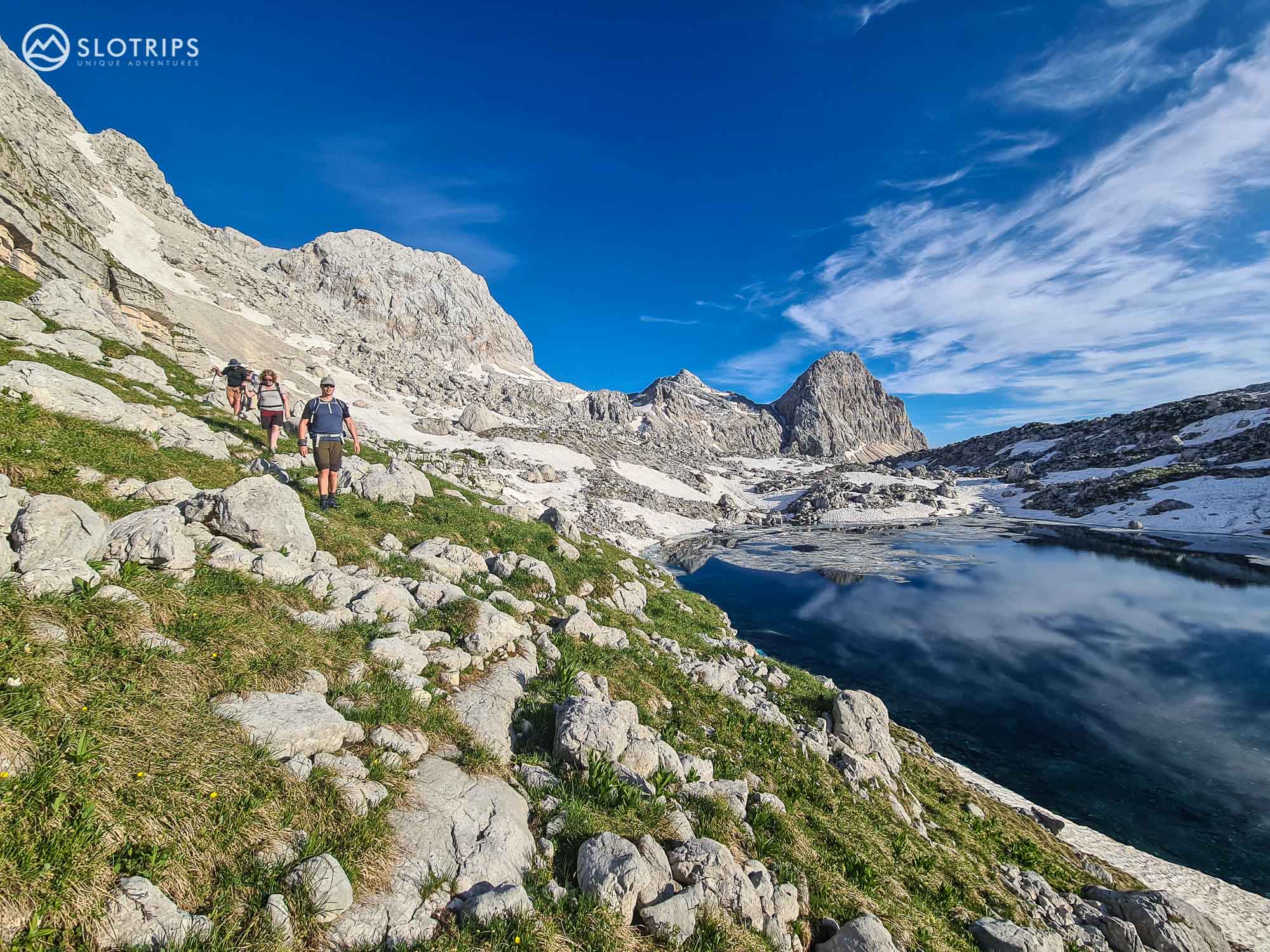
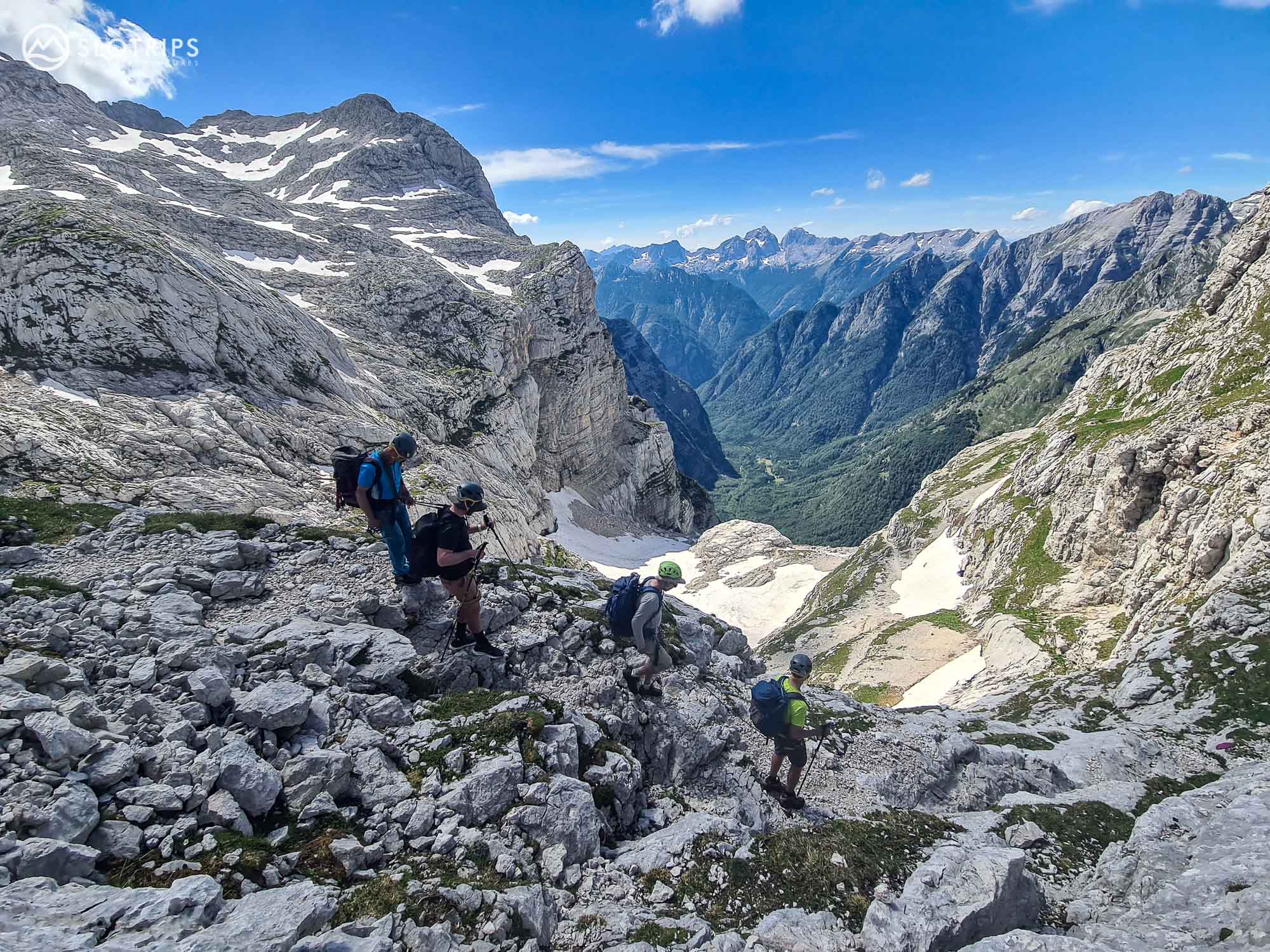
Triglav from Pokljuka plateau (the "easiest" trail)
If not the easiest, it surely has the lowest elevation gain.
The hike starts at Rudno polje in the middle of the Pokljuka plateau, surrounded by centuries-old spruce forests. First along the road, and later along a wider path, we ascend through the forest to the steep slopes above the picturesque Konjscica pasture. Through a belt of pine trees, we reach a little valley of Jezerce. Along the slope of it, we ascend by the spring to the Studorski Pass. After a short descent, the trail cuts into the slopes of two thousand meter peaks and after a good hour gets us to Vodnik Hut.
As we refresh ourselves, we continue over a few secured shelves (first encounter with steel cables and bars) and soon find ourselves on the vast Konjsko (Horse) Pass. In switchbacks, we will ascend to Planika Hut where we overnight.
The next morning we continue towards Mali Triglav, where safety ropes help us along the peak ravine. They also accompany us along the entire connecting ridge to the top of Triglav.
Triglav from Krma Valley
This starting point is the most commonly used by all companies running 2-day ascents to Mt. Triglav. Here, we will describe a different version of it: a longer loop hike (see map).
We start our hike before the end of the narrow but long Krma Valley. First, over extensive scree slopes and through the forest we ascend to the grassy plain of Vrtaca. Then across to the shepherd’s hut on the alpine pasture of Zgornja Krma. Soon above the hut, we fork left over the rock stage towards Planika Hut where we overnight.
The next morning, we conquer the summit via-ferrata and descend to Kredarica Hut. From here we cross the Rž (try to pronounce it!) ridge and go for lunch to Stanic hut – slightly off the most popular trail. The trail back to Krma Valley will be reunited again above the shepherd’s hut.
Of course, you can cut the hike short and return back to Krma Valley straight from Kredarica hut.
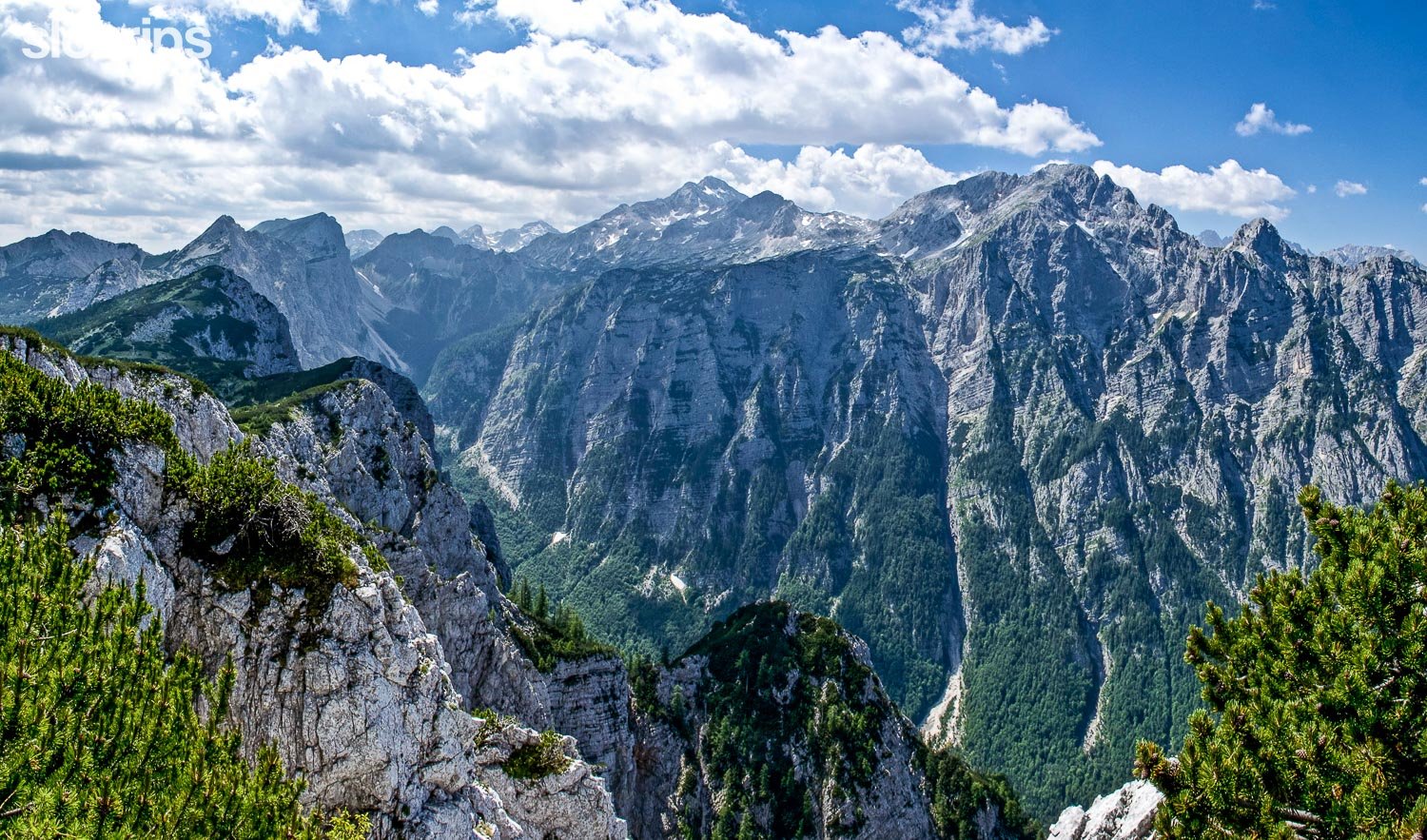
Triglav from Vrata Valley (the most difficult & spectacular 2-day route)
Are you ready for an adrenaline-fueled ascent to Triglav along the Bamberg Trail (also called “Cez Plemenice” trail)? We will take the popular Vrata Valley as our starting point and hike underneath the mighty Triglav North Wall.
When we reach the Luknja saddle, we must equip ourselves with via-ferrata safety gear, as we will immediately run into the vertical of the extreme western edge of the Wall. There will be cracks, corridors, and shelves in front of us, some of which are also unsecured, so extreme caution and proper mountaineering experience are needed.
Further up we reach the scree slopes on the Western Triglav Plateau. After an easier section, you enter the wall again. Passing a steep & exposed stage we reach the summit of Triglav.
The descent along the summit ridge takes us to the famous Kredarica mountain hut. From here we take the route “Cez Prag” back to Vrata valley. It is an interesting route with some steep sections – one of them completely vertical.
Triglav from the Soca Valley
Again, this is an extended loop hike. You’ll need to be very fit or make it a 3-day hike.
We start our hike in Zadnjica, a side valley in the upper part of the Soca valley. At first, we slowly ascend along a gravel road across grassy meadows and through the forest. Later we join a wide and comfortable mule track that leads us over steep slopes and many precipices. From this main trail, sections will branch off towards other huts below Triglav, but we always follow signs for Dolic Hut.
After Dolic hut we continue in switchbacks on a mule trail over the same precipices. A longer scree section brings us to the summit pyramid. With the help of safety ropes, we climb to Triglavska Skrbina and follow the gravelly western slope to the summit.
We descend to the southeast to Planika Hut, where we spend the night. The next morning we set off on the trail towards Hribarice Saddle, the highest pass in the Julian Alps. From here we descend into the paradise valley of Seven Triglav Lakes. After refreshments in the friendly Prehodavci Hut, we descend towards Zadnjica Valley and finish one of the most beautiful loops in the kingdom of Triglav.
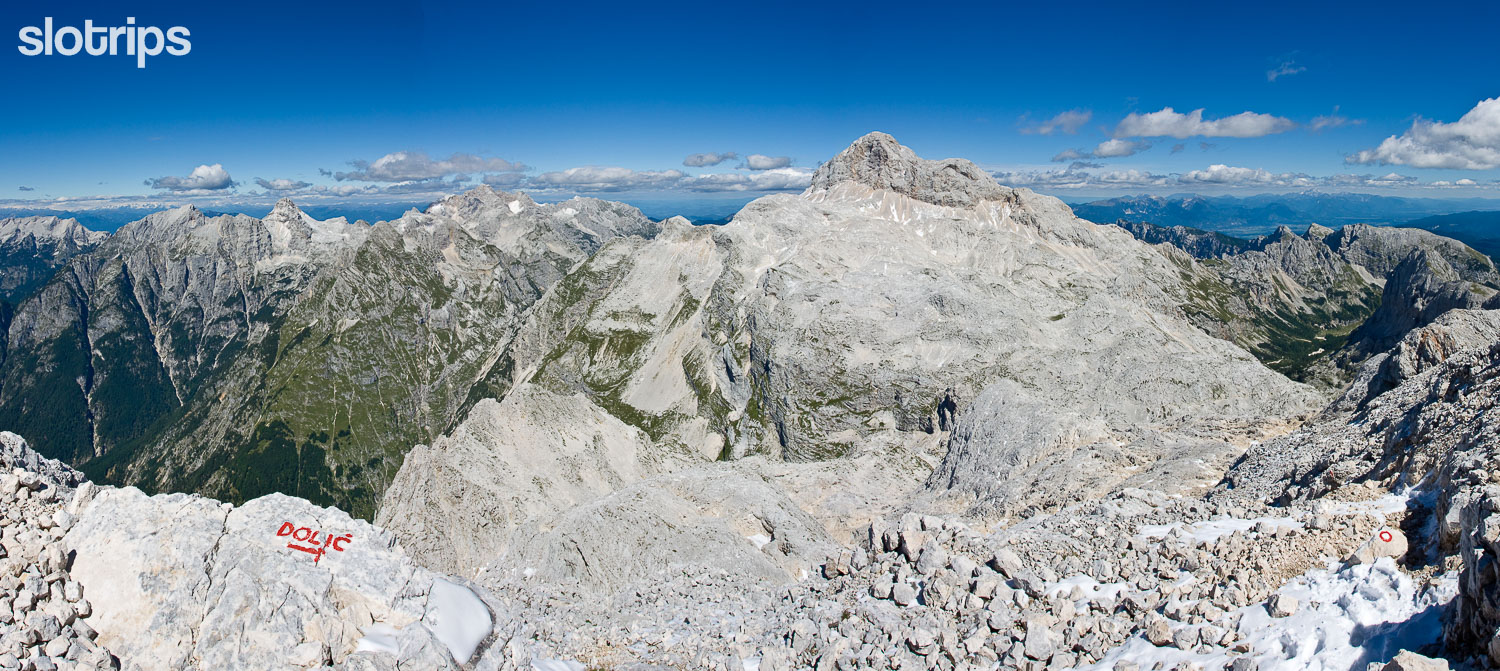
Mountain huts you will need to climb Triglav
Keep in mind: none of the highest mountain huts around Mt. Triglav have running water. You will have to buy bottled water and use the simple pit toilets. Forget about the showers.
The Triglav Hut on Kredarica
Locals call it just »Kredarica« /kreh-dah-ree-tza/. At 2,515 m above sea level, it is the highest mountain lodge in the Slovene mountains and one of our largest mountain huts. As it has a weather station, it is open all year round, but the part with service and beds operates like other high mountain huts. This is usually from late June to late September or early October, depending on snow conditions. It is the most popular hut for the final push to Triglav. Therefore, the trail from it to the summit is also the most crowded, although it is not the easiest.
The Planika Hut below Triglav
Planika /plah-nee-kah/ means an edelweiss. It stands on Ledina plateau on the south side of Triglav and is also a popular starting point for the final part of the hike to Triglav. The first construction of the hut dates back to September 1871, but since then the hut or later buildings in the same place have undergone many changes. Due to the height (2,401 m above sea level), the service is quite basic. From here two trails lead to the top of Triglav: easier over the ridge of Mali Triglav and harder over the protected Zrelo via feratta and further on past Triglavska Skrbina.
The Dolic Hut
Dolic /doh-leetch/ Hut stands at 2,151 m above sea level, near a saddle of the same name. Its predecessors were repeatedly buried or even destroyed by snow avalanches, the last time in 2009. The shortest route from the hut to Triglav is along a mulatiera over Triglavski Podi and Triglavska Skrbina, and the trail leads to the top along the peak’s western slopes.
Lower lying huts
You can also use the huts below the upper massif of Triglav. The best and most visited are Vodnik Hut on Velo polje (1,817 m), which lies along a very popular access trail from Pokljuka or Bohinj. Zasavska Hut on Prehodavci (2,071 m) along the upper end of Triglav Lakes Valley has the best sunset view. And the Triglav Lakes Hut at the lower end of this same valley.
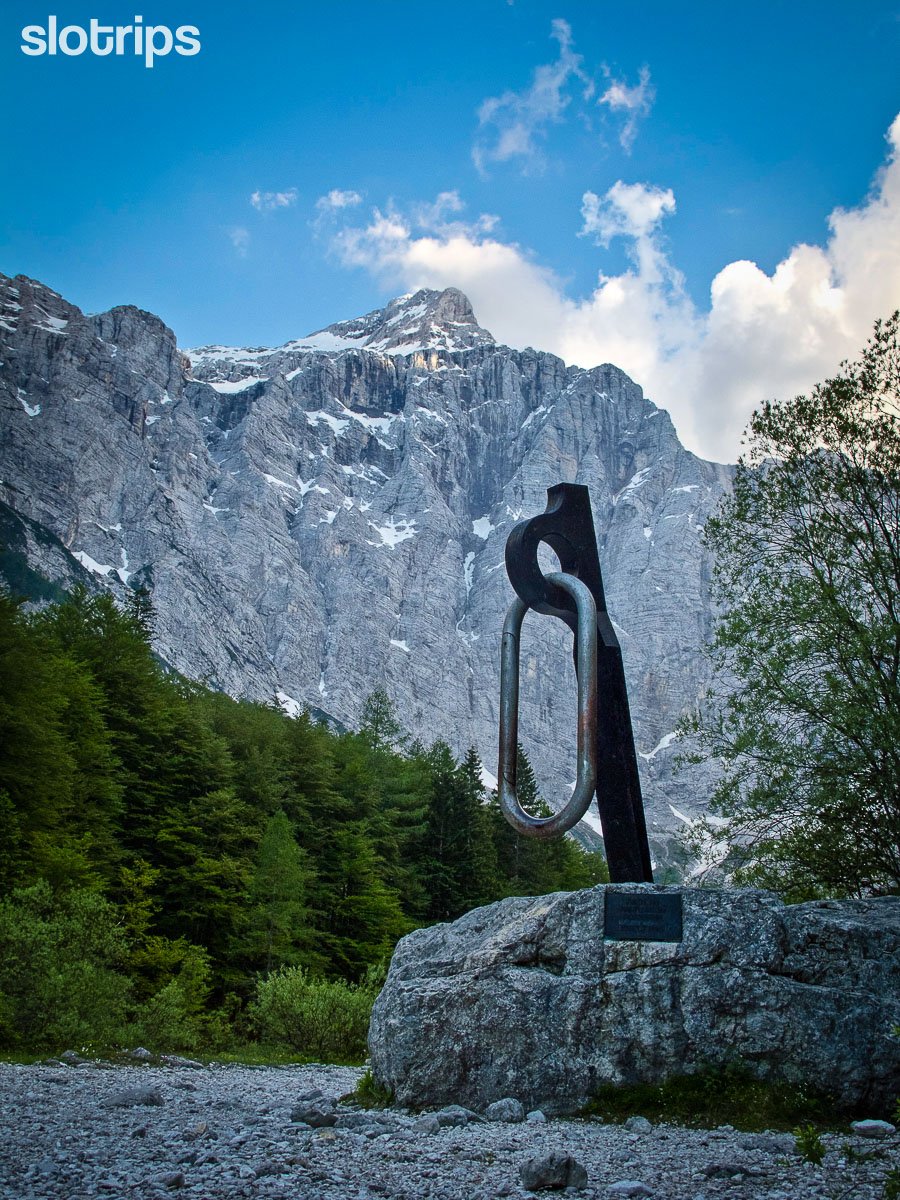
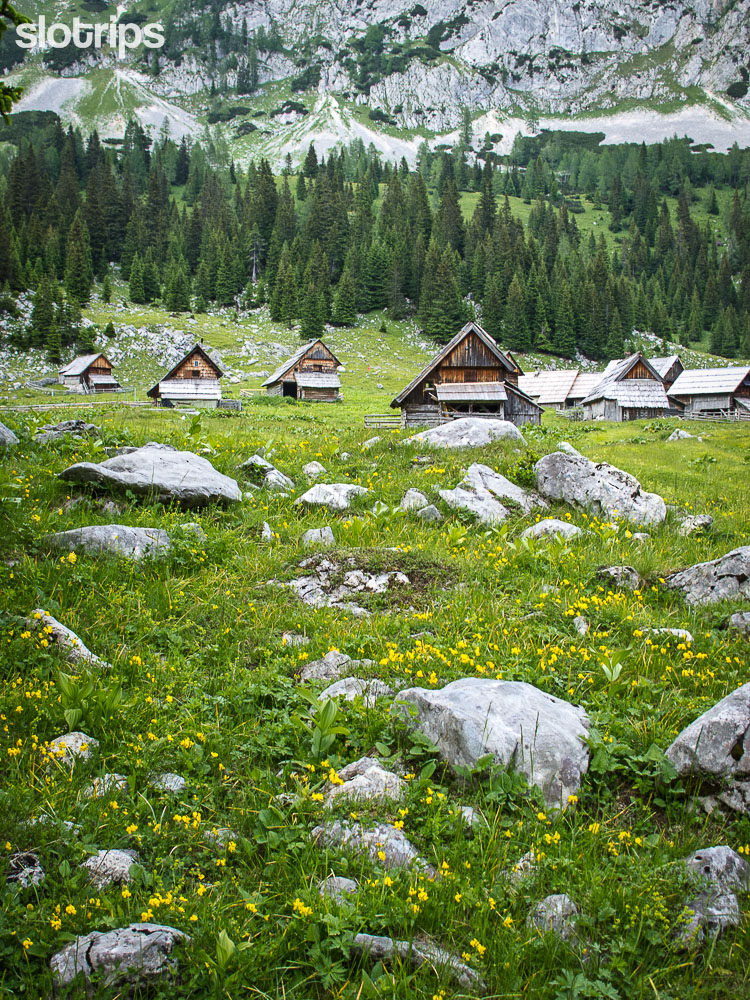
Mt. Triglav in numbers
25% of Slovenes Climbed Triglav
Although the national saying that you are not a true Slovene until you reach the top of Triglav has long been valid, according to the TNP, only about 25% of the entire nation are »true Slovenes«. The rest do not undertake this feat, mostly due to the complexity of the route.
Triglav glacier = 1/2 of a football field
From the last ice age, ie the last 12,000 to 18,000 years, the Triglav Glacier stretches northeast below the top of Triglav. Or, better, it stretched: in the 19th century it measured more than 40 hectares and reached all the way to the edge of the North Triglav Wall. They called it “The Green Snow”. But today it covers only half of a football field. In fact, it is no longer a real glacier, but a glacial patch or, with professional term, a glacieret.
Nr. 1 in 1778
The noble Ziga Zois, a Slovene enlightener, entrepreneur and patron, is said to have announced an award in 1778 for conquering the summit of Triglav. Many locals set out on the journey, and on August 26, 1778, miners Luka Korosec and Matevz Kos, hunter Stefan Rozic and doctor Lovrenc Willomitzer, who have since been called the “Four (Brave)Hearted Men”, succeeded. A monument stands in honour of their feat in Ribčev Laz in Bohinj.
Rozalija Skantar, a local, was the first woman to summit Triglav in 1870.
The trail over the ridge from Mali Triglav to Triglav was first taken care of and secured in 1877.
On August 7, 1895, a metal tower was erected on the top of Triglav, organized by priest of village Dovje, Jakob Aljaz, to serve as a shelter. Shortly afterwards, it was named after Aljaz, and over the decades it became an increasingly important symbol of national consciousness.
In the summer of 1890, a local Andrej Berginc was the first to climb the North Wall of Triglav.
In September 1900, the first wedding took place on Kredarica.
Slovenia vs. Germany
In the first three decades of the 20th century, Slovene and German-speaking alpinists competed for supremacy in the most daring ascents over the Wall. Too much audacity has been paid for by many with their lives.
During the WWI, the entire Julian Alps was a closed area.
With the Treaty of Rapallo in 1922, a large part of today’s western Slovenia belonged to Italy. The border reached almost to the top of Triglav. Remains of the Vittorio Emanuele III barracks, which hikers – after a mountain hut that once stood nearby – incorrectly call Morbegna, are on the former border below Triglav.
20,000 hikers a year
In recent years, it is estimated that between 15,000 and 20,000 mountaineers climb Triglav every year. Quite a lot, especially because most of the hikers would summit Triglav between July and September.


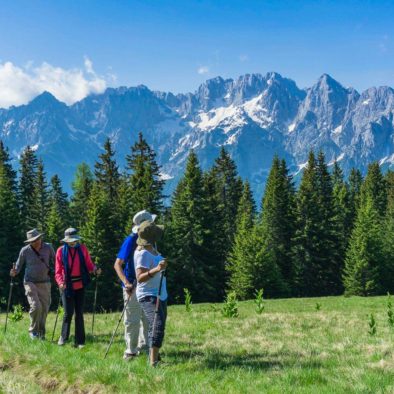
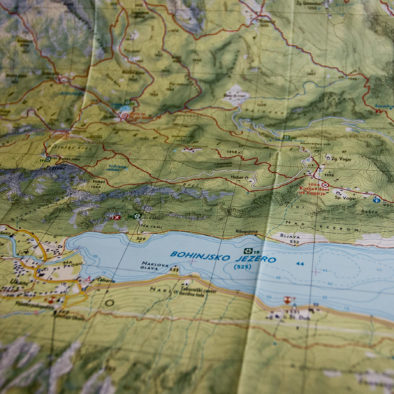
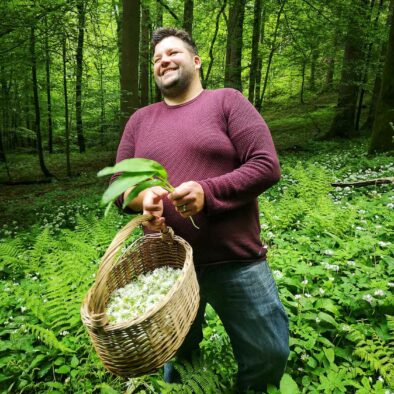





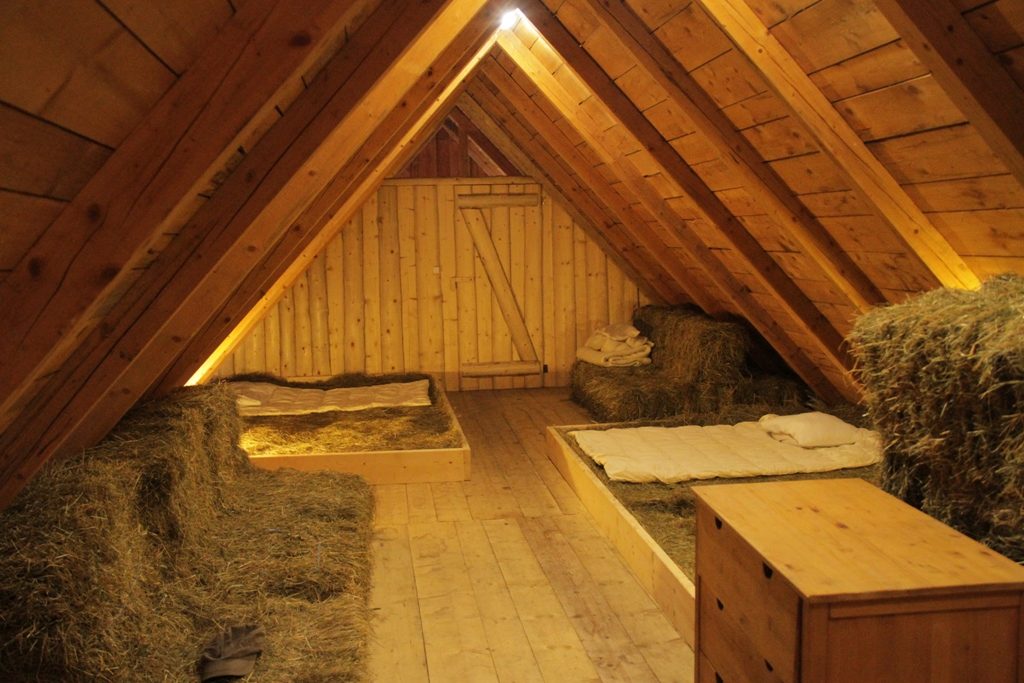

Such a useful article! I’ve read online you need a good level of fitness for the 2 day trip, but find it hard to know what a good level is? Be able to run a 10k? half a marathon?
I’ve only ever done 2 hour/ 3 hour climbs. I did Lions head and table mountain in Cape Town and found them easy
Thanks
Hi Tess! The fitness level is so difficult to describe in these cases. Running on flat (paved) terrain is very different from hiking on rocky terrain with loose rocks, and some exposed sections with considerable elevation gain.
Generally speaking: if you can run half a marathon, I believe you are fit enough to do the hike. But being able to move in rocky, uneven, exposed terrain is something completely different. My recommendation is to do some more & longer hikes in rocky terrain before you tackle Mt. Triglav on a 2-day tour.
Safe hikes & have fun! 🙂
Hi great information.. me and a couple of friends are here in 2 weeks but are limited on days.. are all the routes doable in 1 day? Which would you recommend the best for a 1 day attempt..?
Ufff… We don’t recommend doing it in 1 day. If you are extremely fit, you can complete any of them in one day, but unless you are a highly skilled trail runner, you won’t enjoy it.